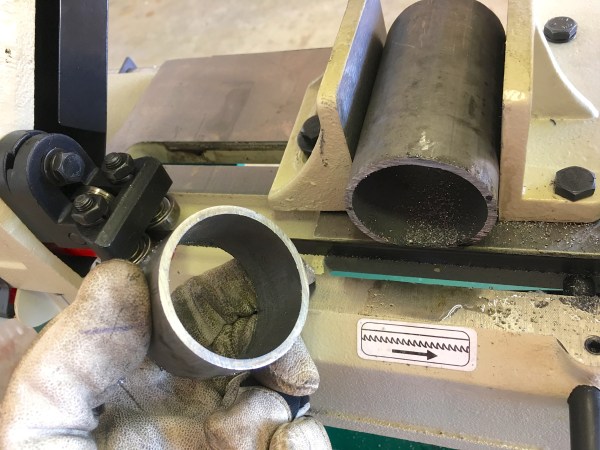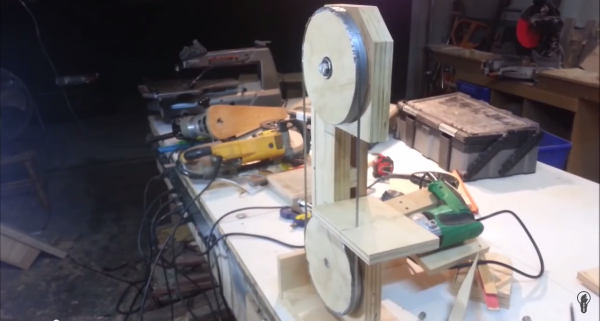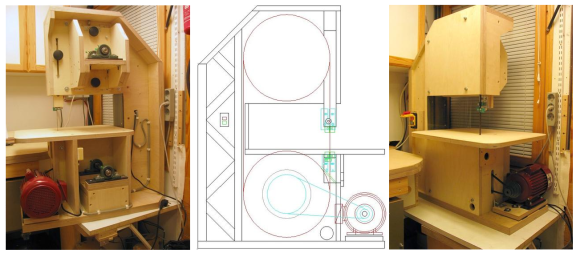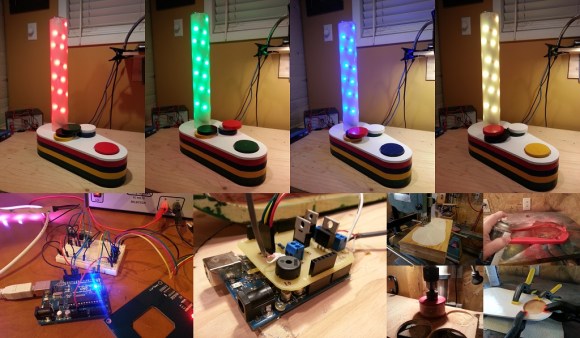We have a contest going on right now challenging you to do the most with 1 kB of data. If you want to get into this, here’s how you do it for a dollar. Use the PIC12C508A. It’s an 8-pin DIP, has 768 bytes of program ROM and 25 bytes of data RAM. [Shaos] is trying to generate NTSC on this thing.
Remember that Internet of Cookie Oven Kickstarter from the links post a few weeks ago? It was funded. It has a heating element that is ‘more energy efficient than traditional electric elements’, and there’s still no consensus over how a resistive heating element can be more efficient. It’s either 100% efficient, or 0% efficient, depending on how you look at it.
[Matthias Wandell], master of wood gears recently built a 20″ bandsaw from scratch. It’s a wood frame, wood wheels, a (currently) underpowered motor, and a few bits of metal and rubber. The video build log is fantastic, so start here and work your way forward.
Way back in the day, Sparkfun sold a Bluetooth rotary phone. Yes, at some point in the past, phones didn’t have touchscreens or even buttons. In any event, Sparkfun hasn’t sold these phones for quite a long time. Now there’s a new hotness: giving these rotary phones a GSM module.
Here’s a little Hackaday Events housekeeping. On January 23rd, we’re going to have a meetup in NYC. We’ll also have a meetup in LA sometime in January as well. Also in January I’ll be attending CES, reporting on the latest Internet of Toasters. A week later, Hackaday will be at ShmooCon in Washington, DC. At ShmooCon last year, we had a breakfast meetup in the DC Hilton. This year, I want to do something similar. If you have an idea of what to do, leave a note in the comments.


















